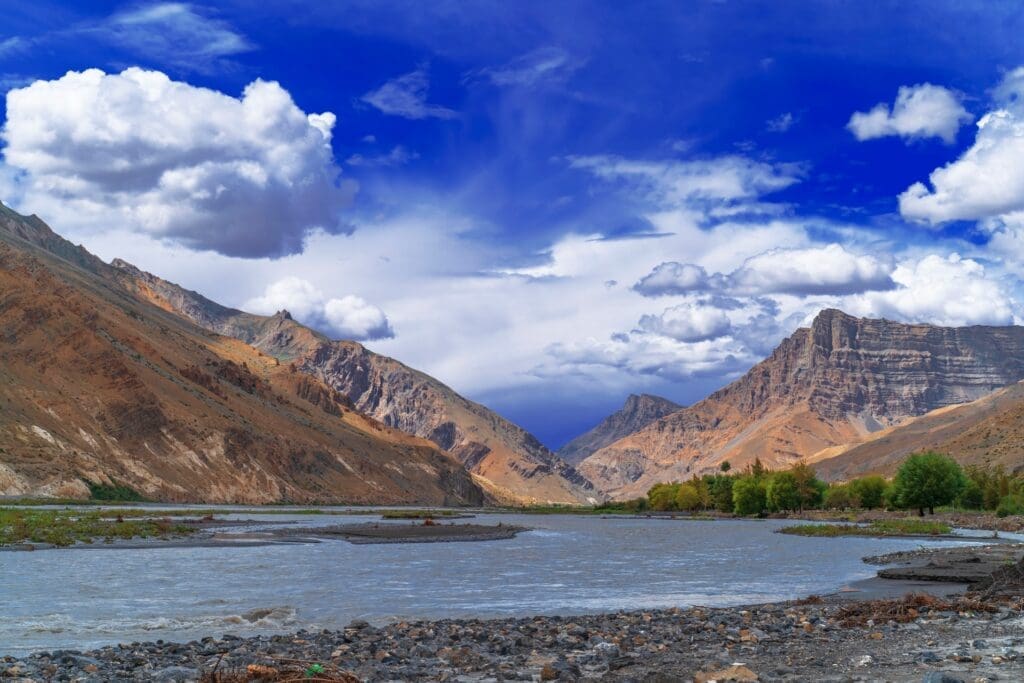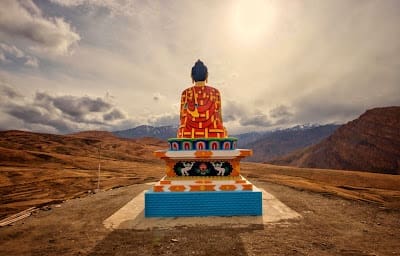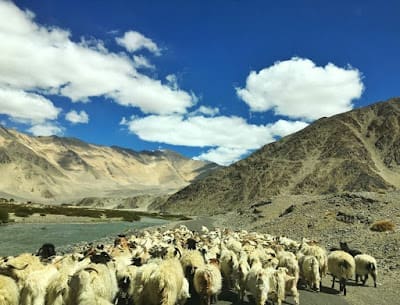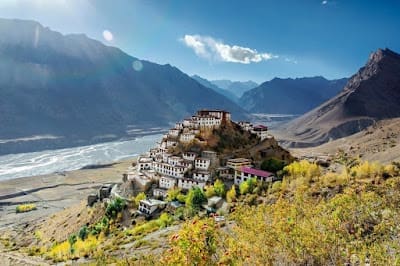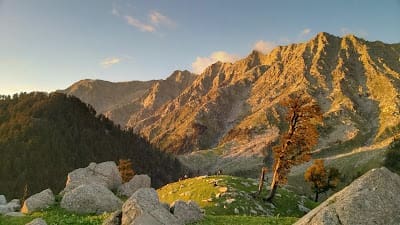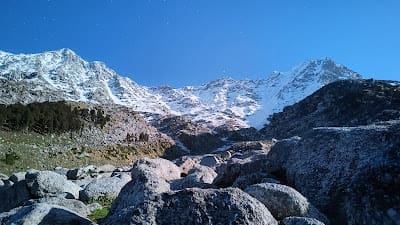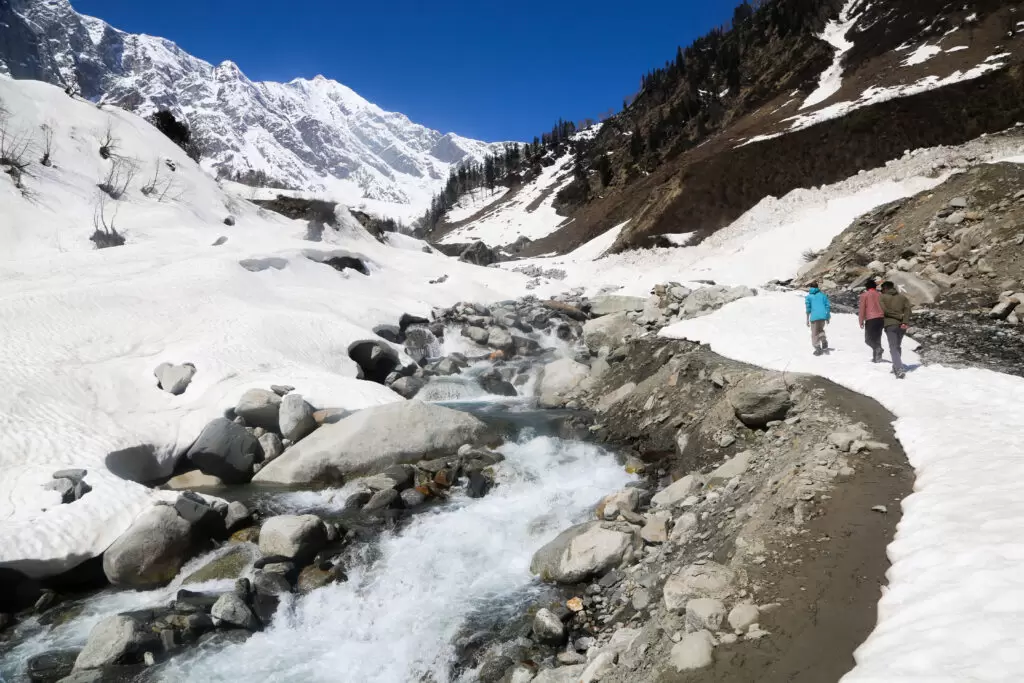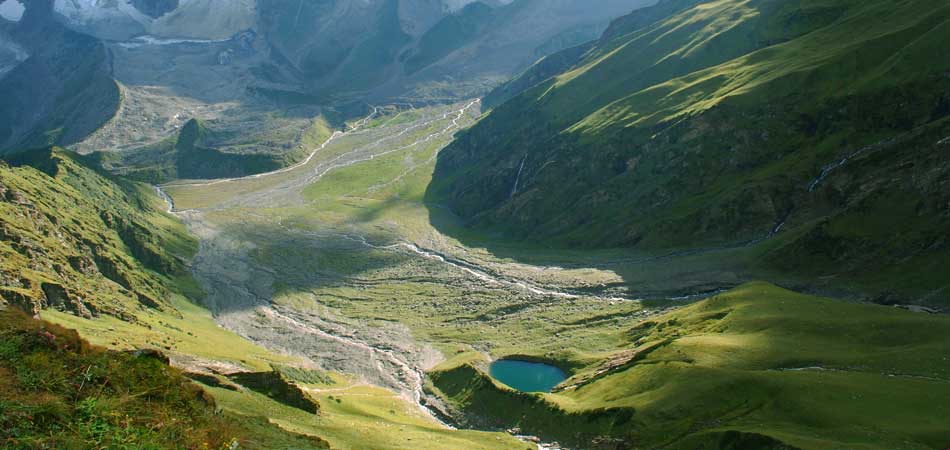Overview
Spiti Valley
Spiti Valley The Land of Raw Beauty and High-Altitude Adventures
Introduction
Nestled in the cold desert of Himachal Pradesh, Spiti Valley is a mesmerizing blend of untouched landscapes, ancient monasteries, and a culture that thrives amidst the harshest conditions. Often referred to as the “Middle Land” because of its location between Tibet and India, Spiti is an adventurer’s paradise, offering an experience unlike any other in the Himalayas.
Read More
For those seeking raw beauty, cultural depth, and thrilling high-altitude adventures, Spiti Valley is a destination that promises more than just breathtaking views—it delivers a journey into the soul of the mountains.
The Route to Spiti: A Journey Like No Other
Reaching Spiti is an adventure in itself, with two main routes offering different experiences.
Via Shimla (The Hindustan-Tibet Highway Route)
Open throughout the year (except during heavy snowfall).
Passes through Narkanda, Reckong Peo, and Kinnaur before entering Spiti.
A gradual ascent helps travelers acclimatize better to the high-altitude conditions.
Via Manali (The High-Pass Adventure Route)
Open only from mid-June to October due to snowfall.
Includes crossing Rohtang Pass (13,050 ft) and Kunzum Pass (15,060 ft), making it a thrilling yet challenging route.
Offers dramatic landscapes right from the start, with barren mountains and gushing rivers.
Most travelers prefer entering from Shimla and exiting via Manali to complete the Spiti Circuit, ensuring a well-rounded experience of the valley.
Best Time to Visit Spiti Valley
The ideal time to visit Spiti depends on what you’re looking for:
Summer (May–October): Perfect for road trips, trekking, and sightseeing. The weather is pleasant, and most places are accessible.
Winter (November–April): Ideal for those seeking solitude and snow-covered landscapes. However, roads from Manali remain closed, and only the Shimla route is open.
Monsoon (July–September): Spiti itself doesn’t receive much rain, but the route via Shimla can experience landslides.
Must-Visit Places in Spiti Valley
1. Key Monastery – A Spiritual Wonder
Perched at 13,668 feet, Key Monastery is the largest and oldest Tibetan Buddhist monastery in Spiti. Built in the 11th century, this stunning whitewashed structure clings to a cliff and offers panoramic views of the Spiti River. It’s a must-visit for anyone looking to experience Tibetan culture and witness the daily lives of monks.
2. Chandratal Lake – The Moon Lake
Located at 14,100 feet, Chandratal is one of the most beautiful lakes in the Himalayas. The lake changes colors throughout the day, from deep blue in the morning to emerald green by afternoon. Camping here under a sky full of stars is a magical experience.
3. Hikkim – Home to the World’s Highest Post Office
At 14,567 feet, Hikkim is famous for housing the world’s highest post office. Sending a postcard from here is a unique experience, and the village also offers stunning views of the surrounding mountains.
4. Komic – The Highest Village in the World
Komic, at 15,027 feet, is one of the highest motorable villages in the world. The Tangyud Monastery here is one of the highest monasteries on Earth, and the village provides a glimpse into the simple yet tough lives of the locals.
5. Dhankar Monastery – A Castle in the Mountains
Dhankar Monastery is dramatically perched on a cliff, overlooking the confluence of the Spiti and Pin Rivers. This monastery was once the seat of the Spitian King and is an architectural marvel that has stood the test of time.
6. Pin Valley National Park – A Haven for Wildlife Lovers
If you’re lucky, you might spot a snow leopard in Pin Valley National Park, a protected area known for its rare Himalayan flora and fauna. The valley is home to ibex, red foxes, and Himalayan wolves.
Adventure Activities in Spiti Valley
Spiti offers more than just sightseeing—it’s a hub for adventure lovers:
Trekking – Popular trails include Pin Parvati Trek, Dhankar Lake Trek, and Chandratal Trek.
Mountain Biking – Ride through some of the world’s highest motorable roads.
River Rafting – The Spiti River offers challenging rapids with breathtaking scenery.
Camping – Experience high-altitude camping at Chandratal and Kaza.
Stargazing & Astrophotography – With minimal light pollution, Spiti is perfect for stargazing and capturing the Milky Way.
Local Culture and Food
The Spitian way of life is deeply influenced by Tibetan traditions. Some cultural highlights include:
Losar Festival: The Tibetan New Year celebrated with dance, music, and rituals.
Buddhist Rituals: Prayer ceremonies in monasteries are a soul-soothing experience.
Traditional Spitian Food: Thukpa (noodle soup)
Tingmo (steamed bread)
Butter Tea (a salty tea made with yak butter)
Chhang (local barley beer)
Travel Tips for Spiti Valley
Acclimatization is Key – Spiti is at a high altitude, so give your body time to adjust to avoid altitude sickness.
Carry Cash – ATMs are scarce, and network connectivity is weak in most areas.
Fuel Up – The last fuel station before Spiti is in Kaza, so plan accordingly.
Pack for All Weather – Even in summer, temperatures drop at night.
Respect Local Culture – Spiti is home to Tibetan Buddhist communities, so be mindful of traditions and customs.
Travel with a First Aid Kit – Basic medical facilities are available, but it’s best to carry essentials like altitude sickness medicine and first-aid supplies.

